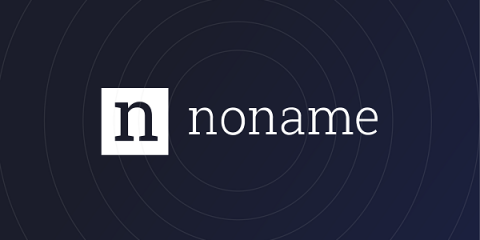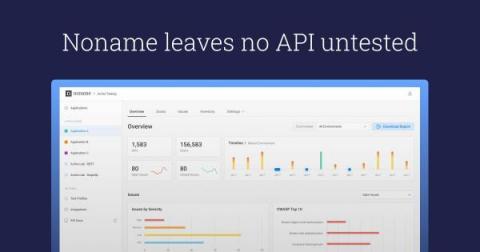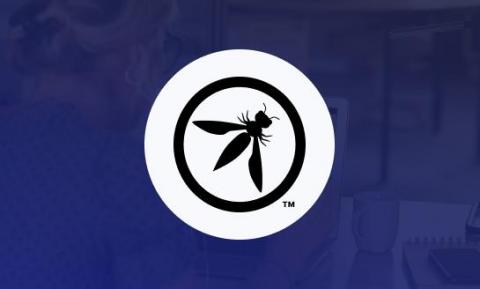Why Fuzzing Isn't Enough to Test Your APIs
In today’s fast-paced development environment, a comprehensive API security testing strategy is no longer a luxury, but a necessity. Testing your APIs for security gaps ensures that your APIs function are reliable, secure, and perform as expected under different circumstances. It helps to identify issues such as incorrect data formats, missing or inaccurate data, and faults in authentication or authorization.









